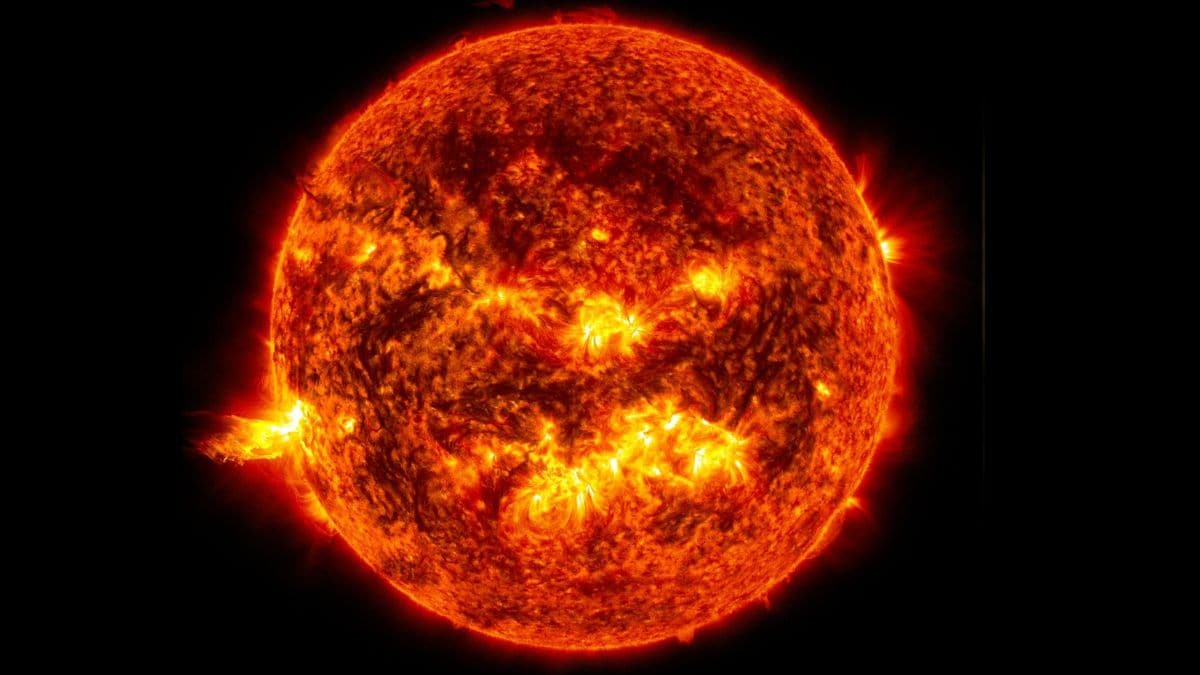On August 8, 2024, NASA's Solar Dynamics Observatory (SDO) may have captured an unprecedented number of sunspots on the Sun's surface. These sunspots, though they appear small from Earth, are vast, with many of them being roughly the size of our planet. The sunspots are the regions of intense magnetic activity on the Sun that can trigger solar flares and coronal mass ejections (CMEs). These events can send bursts of energy toward Earth, potentially causing geomagnetic storms that can disrupt communication systems, satellites, and power grids.
What Are Sunspots?
Sunspots are dark, cooler areas on the Sun's surface caused by interactions in the Sun's magnetic field. These magnetic disturbances can result in solar flares, which are sudden bursts of radiation. When these flares are particularly strong, they can produce CMEs, which are powerful releases of plasma and magnetic fields. When directed at Earth, these ejections can lead to geomagnetic storms that impact everything from GPS signals to electricity networks.
Solar Cycle 25: A Period of Intense Solar Activity
The Sun operates on an approximately 11-year cycle of solar activity, known as the solar cycle, which transitions between solar minimum (low activity) and solar maximum (high activity). We are currently in Solar Cycle 25, which began in December 2019. This cycle has already shown to be more active than expected. On August 8, the sunspot number (SSN) was estimated to be 337, a figure that could set a record for the most daily sunspots observed since March 2001. The high SSN indicates that Solar Cycle 25 may continue to be exceptionally active, with more frequent and powerful solar phenomena.
Implications of High Sunspot Numbers
The significance of a high SSN extends beyond scientific observation; it has practical implications. Increased sunspot activity can lead to more frequent and severe geomagnetic storms on Earth. These storms have the potential to interfere with satellite communications, GPS systems, and even ground-based power grids. As Solar Cycle 25 progresses, the likelihood of such disruptions increases, making it crucial for scientists and technology operators to monitor solar activity closely. While the SSN for August 8 is still being finalized, the preliminary estimates suggest that this period of solar activity could have lasting impacts on our technology-dependent world.
































